Reasons to Upgrade Your Laptop (That Go Beyond a Performance Upgrade)
It used to be 关键字2that buying a new laptop every few years was more or less necessary just to keep up with the large leaps in processing power. Now those generational performance jumps are smaller and there is less pressure to upgrade to a new system for that reason alone. However, there are other good reasons to look at getting a new laptop to replace your existing two- to five-year-old unit that go beyond performance alone.
Manufacturers are continually working on ways to entice consumers into upgrading to a newer model, but that's not it. In recent years there have been actual hardware developments and new trends in modern laptops that when looked at together can make for a compelling argument. We've experienced some of these leaps and that's what inspired the idea for this article.
In addition to year-on-year tweaks to make the latest laptop models more attractive, many technologies that used to be reserved for high-end models have permeated to the mainstream, including much better displays and resolutions, improved hardware efficiency and battery life, and overall better build quality even on lower price points.
Displays
It used to be that upgrading to a laptop with a bigger display meant taking on extra weight and a larger overall footprint. These days that might not necessarily be the case depending on what you currently have. Thinner bezels are now standard which combined with more lightweight hardware can potentially allow a user to upsize their display a couple of inches without increasing much of the bulk.
To use a practical example, the last time I upgraded my personal laptop I went from a 2012 11-inch MacBook Air to a 2016 13-inch MacBook Pro (same design as the current outgoing model). Gaining two diagonal inches increased my carry weight by about half a pound. In terms of footprint, the MacBook Pro is only 0.17 inches wider and 0.8 inches deeper. The size/weight comparison was stunning. Most popular 15-inch laptops have also benefited from ultra-thin bezels, which results in what used to be 14-inch or less kind of footprint.
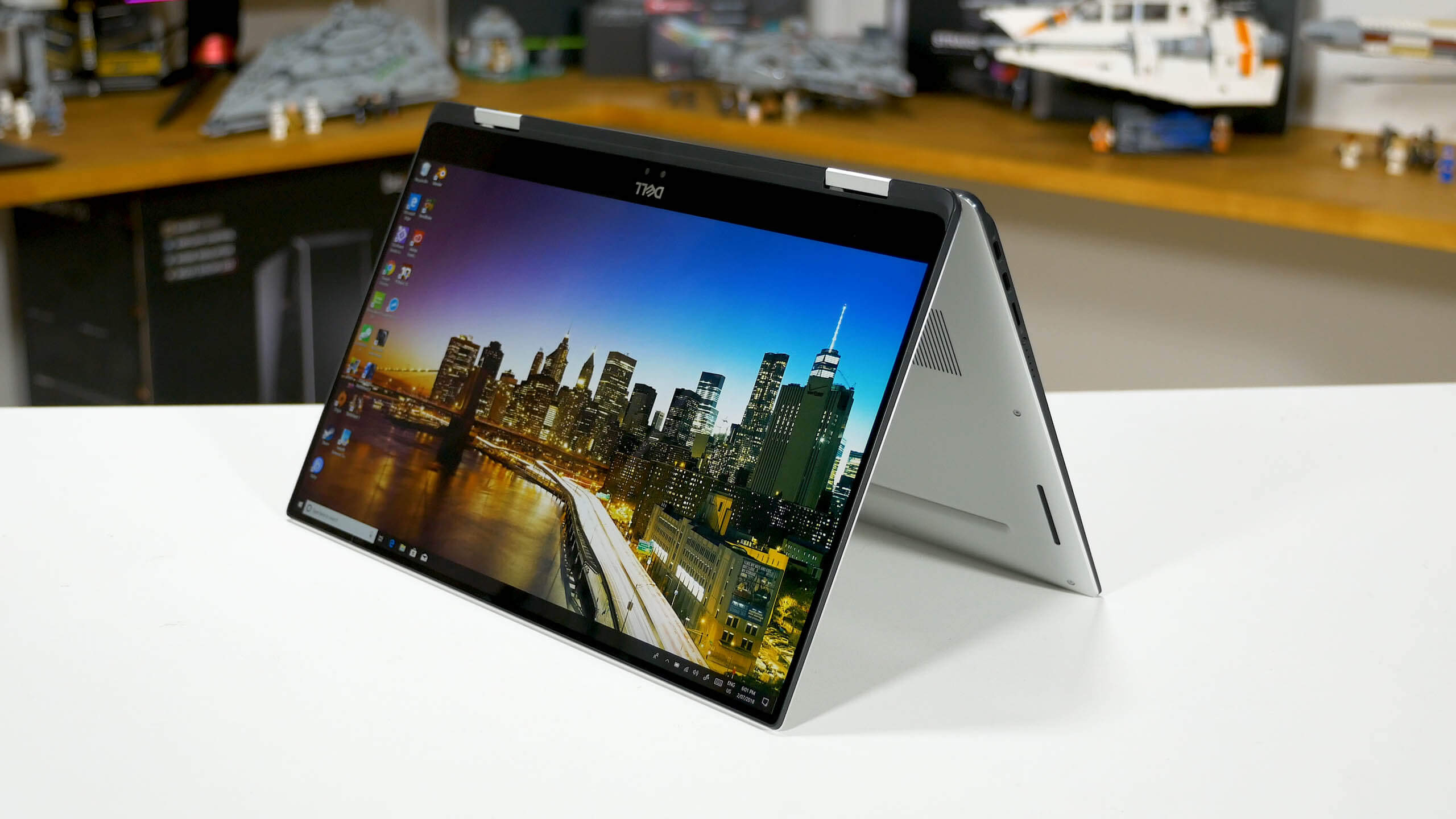
For most, 4K on a 13- to 15-inch screen is overkill and mostly unnecessary. However, you don't need to go all the way to 4K for gaining all that clarity and sharpness of text. It's all about high DPI, and for these smaller screens, 1080p resolutions and above should do the trick. It makes a world of difference compared to lower resolution displays, plus operating systems and software applications have finally reached the point of widespread support for high DPI.
If you're using an older (3+ year) Dell XPS or Lenovo ThinkPad / Yoga model (just to quote three very popular models that we have recommended in the past along with MacBooks), the gains in build and display quality are stunning.
On the upper end of the spectrum, we are starting to see OLED screens on some laptops. For gamers, support for high refresh rates is mandatory and once again, these are making it to the mainstream pricing levels whereas before you needed to spend no less than $2,000 to get those features.
Likewise, for productivity laptops that are competitively priced, most mainstream offerings no longer suffer from poor viewing angles or poor color reproduction, with many models using IPS panels which guarantees some degree of quality.
Input
Depending on use, some people still prefer to use a mouse tethered to their laptop, but a touchpad remains essential for portability. Touchpads have improved substantially over the years, and depending on how old your laptop is, you might find some of the newer technology of benefit.
Touchpads used to have buttons below the touch sensor to replicate the left and right buttons of a mouse. This design was clunky to use. Dragging and dropping required either the use of two hands or some funky finger contortions. Today, almost all laptops incorporate multi-touch sensors and numerous gesture controls that are well suited to the improved hardware and software in recent designs.
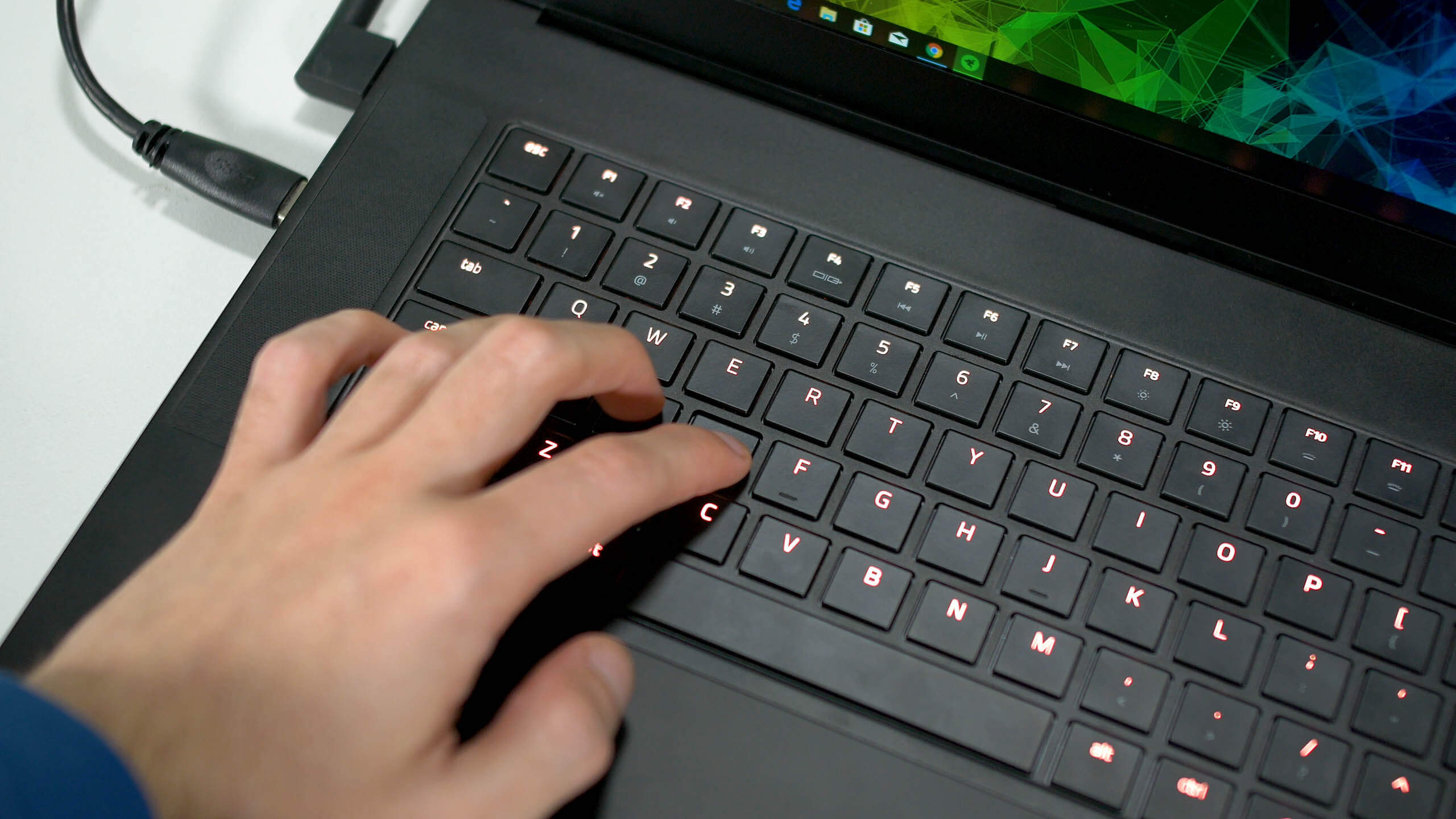
Apple led the way on reliable touchpads that work well and have a larger surface dedicated to it, but most other manufacturers have followed suit to bring outstanding implementations. For those who rely on the touchpad as their pointing device, the poor designs of yesteryear compared to today's standard can make or break productivity (or lose your need for an external mouse).
Keyboards have not seen the same leaps, with manufacturers continually looking to slim things down. Chiclet keyboards are prevalent among laptop makers and have become virtually silent. They tend to be responsive and allow for thin profiles, though, this comes with a trade-off. They tend to have less key travel and tactile feedback, which is not ideal in some situations such as gaming. Although, gaming laptops have continued to evolve and have put out proper countermeasures even if the idea of true mechanical keyboards in laptops didn't take off.
CPUs: Performance vs. Efficiency
We won't delve deep into laptop CPUs since we have dedicated several articles to the topic, but we'd be remiss in not mentioning them if only for the fact that more current processors provide advantages that go beyond clock cycles. For an in-depth look at some of the newer laptop processors, check out some of our recent reviews, including this piece pitting Intel's latest Core i7-9750H against the previous-gen i7-8750H – these are two typical processors used in performance-oriented laptops.
Next-generation processors don't provide the Moore's Law speed jumps like they used to. Just as a comparison, let's look at the performance gap between the last three best performing laptop Core i7s.
Let's compare the Core i7-6567U (Skylake), Core i7-7567U (Kaby Lake), and Core i7-8559U (Coffee Lake). Going from Skylake to Kaby Lake, i7 processors saw a 21-percent jump in performance, while the bump between Kaby Lake and Coffee Lake was a slightly better 35-percent increase. This larger jump was due in part to the transition from two to four cores. More significant, of course, is the jump from sixth to eighth generation --- a 64 percent improvement.
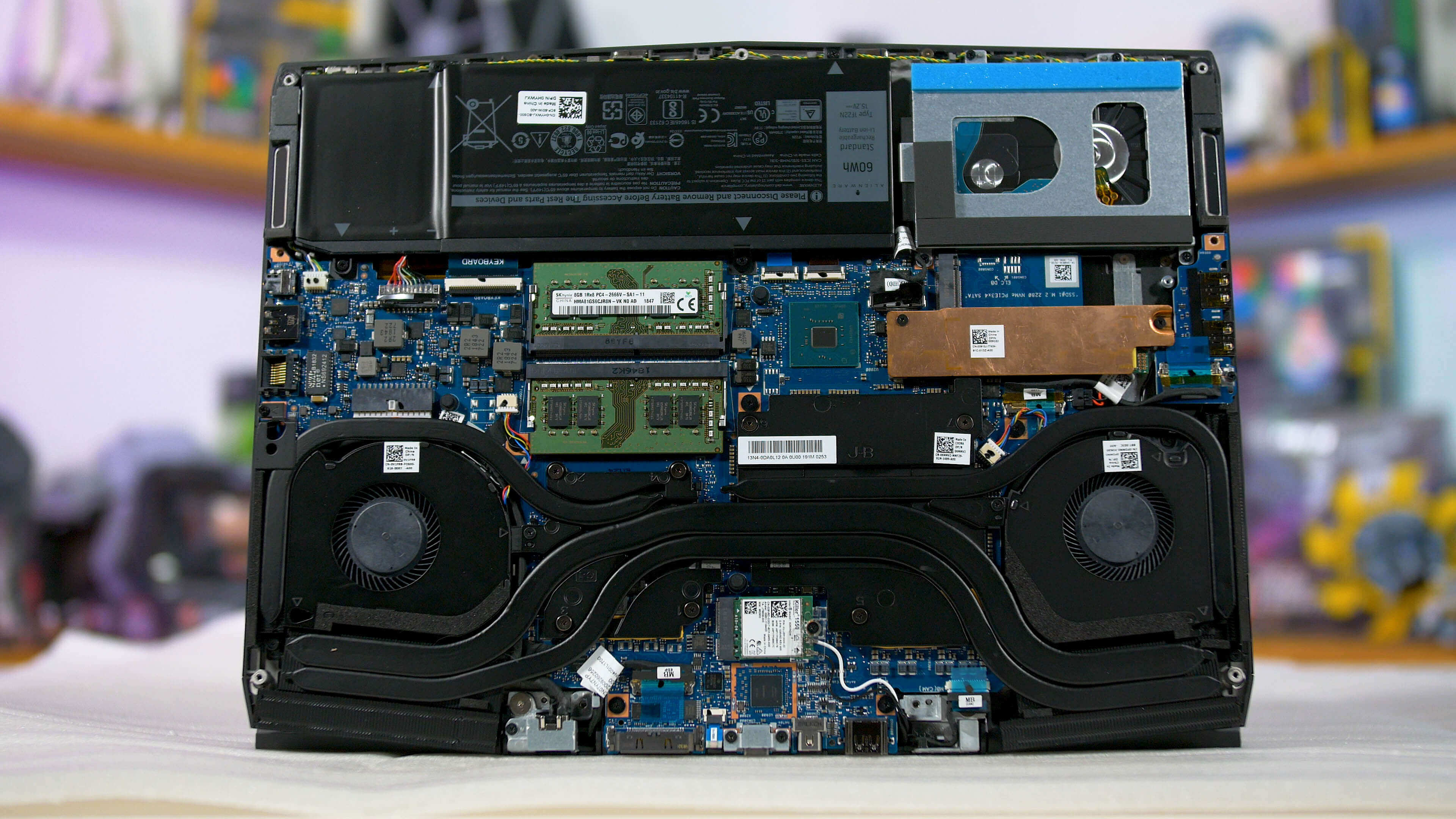
Battery Life
Battery life improvements are also a factor to consider. While replacements for aging batteries cost less than a new laptop, you may benefit from the advanced technology used in more recent batteries. Most manufacturers switched from nickel-cadmium (NiCad) and nickel-metal hydride (NiMH) to lithium-ion (Li-ion) batteries years ago. Li-ion cells provide longer life without some of the problems of older power sources such as the memory effect and overcharging issues.
Even though your current notebook probably has a Li-ion battery, the technology has also seen improvements where the cells charge faster and last longer. You no longer have to worry about the memory effect degrading your battery's performance when partially charging.

The road to better next-gen batteries seems to be far off still, yet the average laptop has gone from ~3-4 hour battery life to 8+ hours in the last decade thanks to efficiency improvements. Road warriors from the likes of Dell, HP, and Lenovo are known to deliver over 12 hours of uptime as well.
Build Quality
Laptops have become lighter and thinner, and one would intuitively think that would make them more fragile, but that is not the case. Just the other day I accidentally dropped my MacBook Pro from about three feet above the concrete, something I will strive to never do again. I think my heart suffered more damage than my laptop. Aside from a small scuff on the corner, you can't even tell it was dropped. I doubt my old Sony Vaio with its plastic construction would have fared better.
In the case of Apple's MacBook, the durability comes thanks to a CNC unibody fabrication process pioneered by Apple. The process was borrowed from the aerospace industry and uses computer numerical control machines to carve out the chassis from a single block of aluminum. While Apple may have brought the unibody design to the PC world, it is not exclusive to MacBooks as HP and others (Microsoft, Razer, Lenovo, Dell) have adopted it as well. Aside from budget models, a vast majority of ultrabooks and mid-range to premium laptops have full aluminum or hybrid construction that is considerably better throughout and stronger than similarly priced models from five years ago.
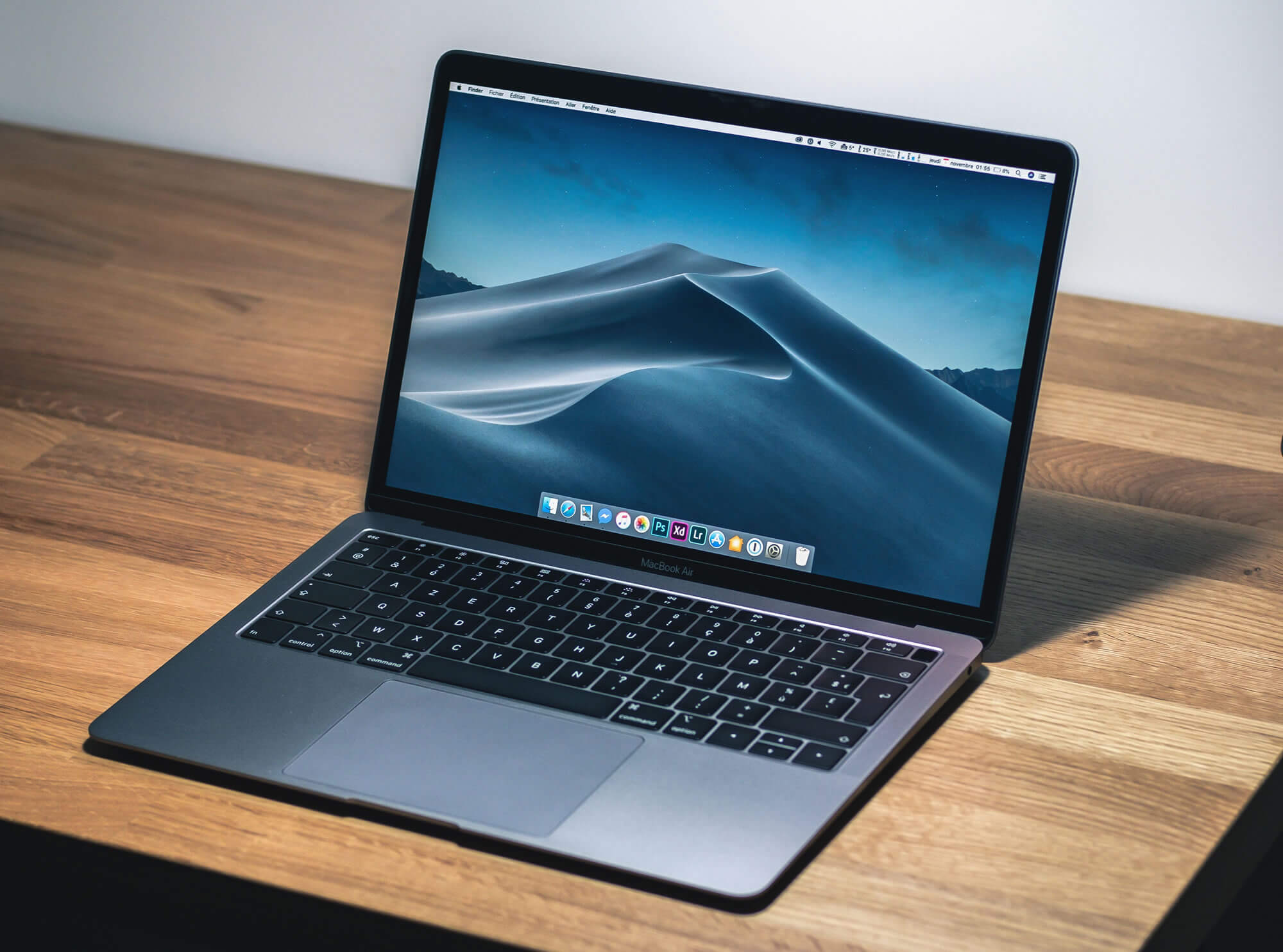
Not Just Faster, But Cooler...
Connectivity has also seen improvements. Bluetooth is near standard in all laptops, as is 802.11ac WiFi, with workstation offerings adding 4G LTE connectivity on top. USB-C is quickly becoming a new standard as well, although it comes with some shortcomings. Some models, such as current MacBooks, offer only USB-C ports making adapters the only option for legacy ports. Other ports like HDMI and Ethernet appear to be on their way out, with most favoring wireless connectivity unless required via USB-C.
Well built laptops with adequate cooling also run much cooler and more quietly. Unlike my old Vaio, which sounded like a 747 taking off when I was pushing it, the newer MacBook Pro is utterly silent even under the most strenuous use.
---
If your laptop is 4 years old or older, there are plenty of reasons to upgrade that don't have anything to do with grand jumps in processing power (though you may be getting that, too). Bigger displays with smaller footprints and higher resolutions, better components and battery life, all work together to provide a more satisfying portable computing experience.
Whether you are in the market for a higher-end gaming system or workstation, or you just want something that your kids can use for homework, there are plenty of things to consider other than whether it has the latest and greatest processor.
Shopping Shortcuts (for a few laptops that we like):
- (Ultrabook) Dell XPS 13
- (Ultrabook) Lenovo IdeaPad S940
- (Gaming) Razer Blade Pro 17
- (Gaming) Asus ROG G703GX
- (Budget Gaming) Acer Predator Helios 300
- (Convertible, high-end) Microsoft Surface Book 2
- (Convertible) Lenovo Yoga C930
- (Budget and Light) Asus ZenBook UX333FA
(责任编辑:天使住在角落)
-
 帕斯尚尔战役地图第2关怎么过?下面小编就为大家带来帕斯尚尔战役地图第2关图文攻略,喜欢的小伙伴们赶快来看看吧!帕斯尚尔战役地图第2关图文攻略以上就是小编带来的全部内容了,希望对大家有所帮助,更多游戏攻
...[详细]
帕斯尚尔战役地图第2关怎么过?下面小编就为大家带来帕斯尚尔战役地图第2关图文攻略,喜欢的小伙伴们赶快来看看吧!帕斯尚尔战役地图第2关图文攻略以上就是小编带来的全部内容了,希望对大家有所帮助,更多游戏攻
...[详细]
-
 明德帝探着大半个身子进来,伸出强健的手臂,将唐楚君用力从狭窄的车门半提半抱着硬拽了出去。唐楚君脸红得跟熟透了的苹果,一出马车刚落地,忙从明德帝怀里起身退出,然后就要跪下谢恩。明德帝用手虚虚一托,低声道
...[详细]
明德帝探着大半个身子进来,伸出强健的手臂,将唐楚君用力从狭窄的车门半提半抱着硬拽了出去。唐楚君脸红得跟熟透了的苹果,一出马车刚落地,忙从明德帝怀里起身退出,然后就要跪下谢恩。明德帝用手虚虚一托,低声道
...[详细]
-
 很快,王承佑,陆世良和吴宏博分别被派往漠州,曲州和凌州任当地知府。跪了几日后外派出京,还降职了。几人正因在“清尘计划”中没被排除在外而沾沾自喜,谁知天降一盆冷水,淋得人透心凉。王家一派愁云惨淡。王夫人
...[详细]
很快,王承佑,陆世良和吴宏博分别被派往漠州,曲州和凌州任当地知府。跪了几日后外派出京,还降职了。几人正因在“清尘计划”中没被排除在外而沾沾自喜,谁知天降一盆冷水,淋得人透心凉。王家一派愁云惨淡。王夫人
...[详细]
-
 闹这一宿,天已经亮了,整个京城蒙上一层厚重的阴霾。朝阳殿里,灯火通明了一整夜。御医们轮番进出,额头上渗出的汗珠映照出焦急神色。各式各样的珍贵药材如流水般被送进内殿,却似乎仍难以遏制皇上病情的恶化。张太
...[详细]
闹这一宿,天已经亮了,整个京城蒙上一层厚重的阴霾。朝阳殿里,灯火通明了一整夜。御医们轮番进出,额头上渗出的汗珠映照出焦急神色。各式各样的珍贵药材如流水般被送进内殿,却似乎仍难以遏制皇上病情的恶化。张太
...[详细]
-
 想你在丽江贺金想你在丽江作词:王小雅作曲:石焱演唱:贺金LRC BY :吉时雨QQ 132 7269 041Lrc歌词网www.555uuu.cn ★走在古城夜深人静的小巷寂寞的背影 有些迷茫月光下
...[详细]
想你在丽江贺金想你在丽江作词:王小雅作曲:石焱演唱:贺金LRC BY :吉时雨QQ 132 7269 041Lrc歌词网www.555uuu.cn ★走在古城夜深人静的小巷寂寞的背影 有些迷茫月光下
...[详细]
-
 不止百姓心里打鼓,就连文武百官和明德帝心里都没底。毕竟往常战力差得太多了。且宛国憋了这么多天,正是要一展神威的时候。不得不说,整个京城都笼罩着一种惶惶之色。哪怕看到傅家姑娘们身着骑装,英姿飒爽步入场内
...[详细]
不止百姓心里打鼓,就连文武百官和明德帝心里都没底。毕竟往常战力差得太多了。且宛国憋了这么多天,正是要一展神威的时候。不得不说,整个京城都笼罩着一种惶惶之色。哪怕看到傅家姑娘们身着骑装,英姿飒爽步入场内
...[详细]
-
 格雅在拘无重的粗心大意中,在布思时不时禽兽般的召唤中,如行尸走肉承受着一切。布思不满她这样无声的反应,用烧红的烙铁烫其隐秘之处。终于,格雅惨叫出声。布思邪笑,“你不是一副死样吗?还知道疼?你又活了?你
...[详细]
格雅在拘无重的粗心大意中,在布思时不时禽兽般的召唤中,如行尸走肉承受着一切。布思不满她这样无声的反应,用烧红的烙铁烫其隐秘之处。终于,格雅惨叫出声。布思邪笑,“你不是一副死样吗?还知道疼?你又活了?你
...[详细]
-
 一声“宝儿”串两个,岑鸢搂着时安夏藏到树后,夜宝儿也跟着。两人一狗屏息凝神。时安夏悄悄问岑鸢,“你要做什么?”“看看明德帝表现,棒打鸳鸯的事情做不得。”岑鸢拍拍夜宝儿的脑袋,“是不是啊?”夜宝儿喉咙里
...[详细]
一声“宝儿”串两个,岑鸢搂着时安夏藏到树后,夜宝儿也跟着。两人一狗屏息凝神。时安夏悄悄问岑鸢,“你要做什么?”“看看明德帝表现,棒打鸳鸯的事情做不得。”岑鸢拍拍夜宝儿的脑袋,“是不是啊?”夜宝儿喉咙里
...[详细]
-
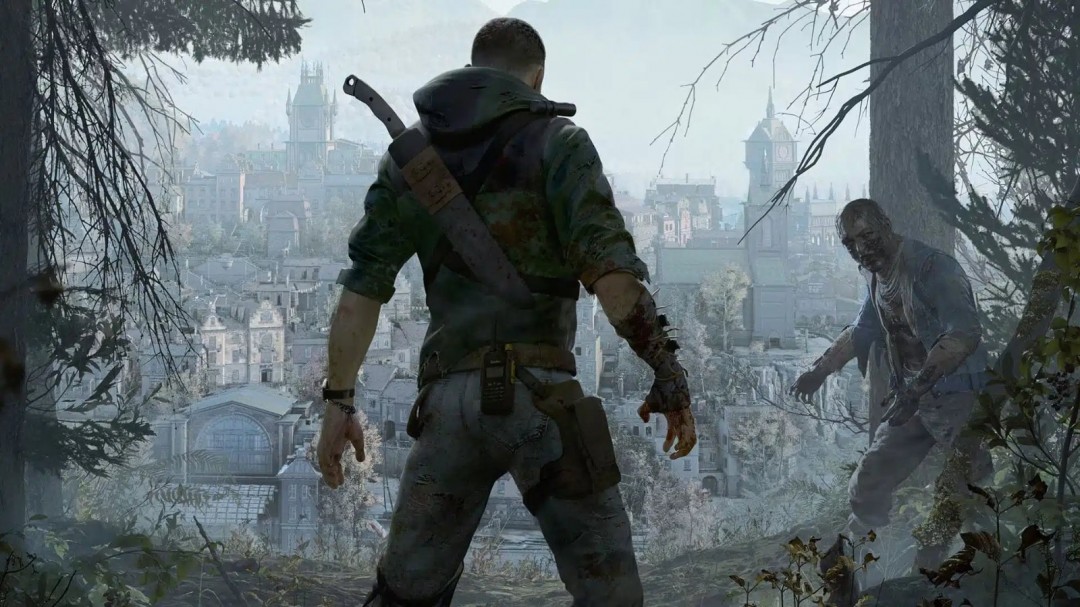 近日,《消逝的光芒》工作室Techland发布新作《消逝的光芒:困兽》的最新消息,并官宣将于2025年8月22日发售。随着发售日期的公布,一段长达30分钟的实机游玩视频也接踵而至。实机演示视频:在视频
...[详细]
近日,《消逝的光芒》工作室Techland发布新作《消逝的光芒:困兽》的最新消息,并官宣将于2025年8月22日发售。随着发售日期的公布,一段长达30分钟的实机游玩视频也接踵而至。实机演示视频:在视频
...[详细]
-
 马车窗帘半开,美艳夫人笑容一僵。她从对方尖细张扬的声音里听出来问话的是个公公。再向着那公公看去,见对方身着华丽锦缎长袍,面容白皙,细长的眼睛微微眯起,手中握着一根精致拂尘轻轻摇曳,透出一股不容小觑的威
...[详细]
马车窗帘半开,美艳夫人笑容一僵。她从对方尖细张扬的声音里听出来问话的是个公公。再向着那公公看去,见对方身着华丽锦缎长袍,面容白皙,细长的眼睛微微眯起,手中握着一根精致拂尘轻轻摇曳,透出一股不容小觑的威
...[详细]

 游戏结束地图第2关怎么过
游戏结束地图第2关怎么过 第541章 瓦真王子的狂谩嗜血
第541章 瓦真王子的狂谩嗜血 第546章 整个北翼都是她李兰芝的
第546章 整个北翼都是她李兰芝的 第555章 少年哥洛
第555章 少年哥洛 《inZOI(云族裔)》正式上线官方模组工具“inZOI ModKit”
《inZOI(云族裔)》正式上线官方模组工具“inZOI ModKit”
